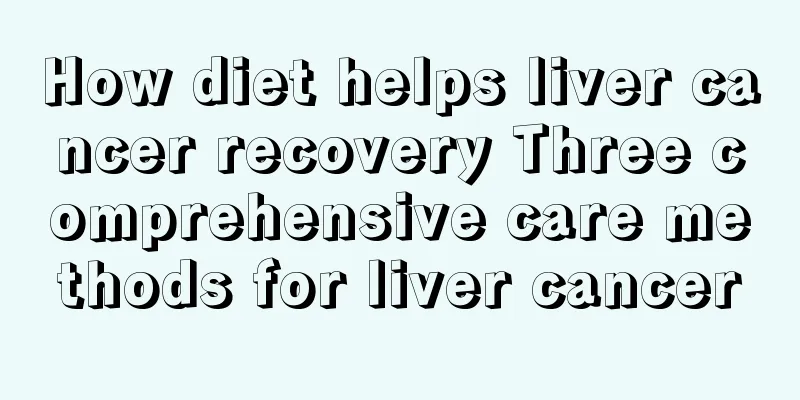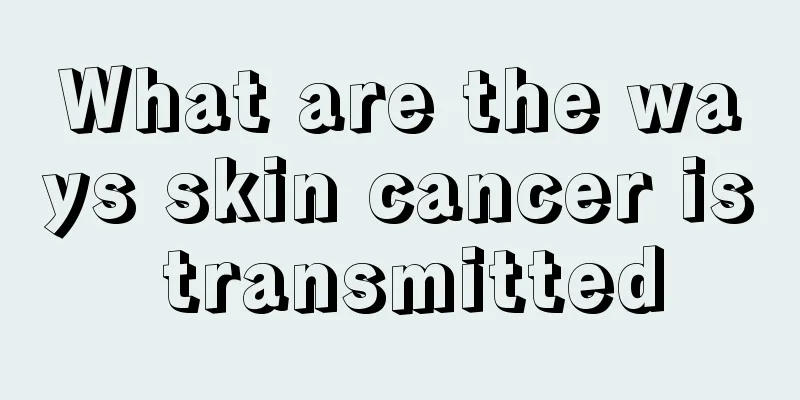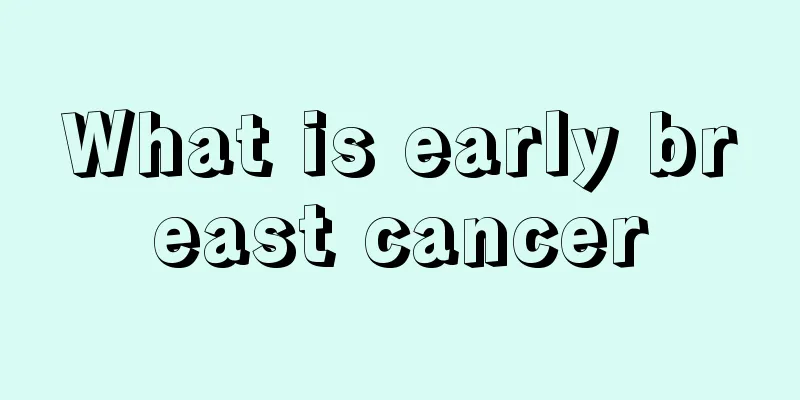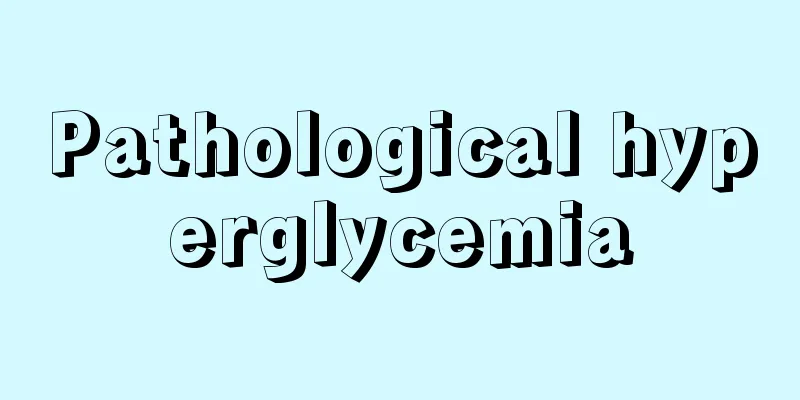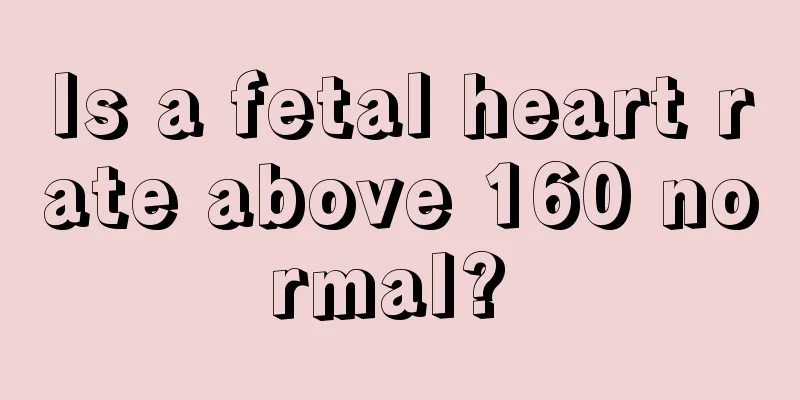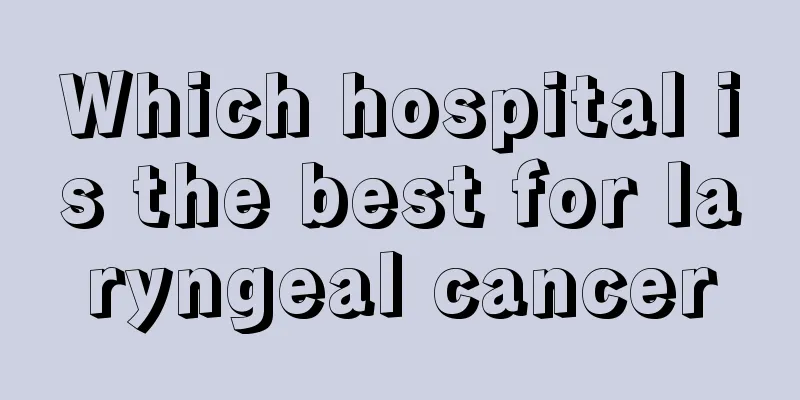The initial treatment of thyroid cancer should not be ignored
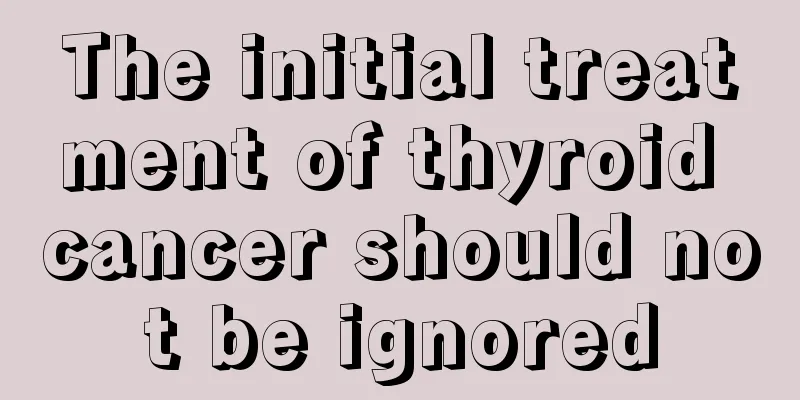
|
Patients with thyroid cancer all hope to be cured as soon as possible, but this disease is a malignant tumor after all, so it is not easy to cure. It not only requires choosing a good treatment method, but also requires combining the patient's specific situation. This is especially true for patients in the early stages of treatment. The initial treatment of thyroid cancer should not be neglected Selection of the first treatment method: Patients are divided into several risk groups based on their age, gender, size, extent, histological grade, DNA ploidy, and presence of distant metastasis, so as to facilitate the selection of treatment options. Male patients aged over 45 years are high-risk patients; patients with high degree of differentiation, large primary tumors, thyroid invasion, and distant metastasis are high tumor risks. Female patients under 45 years old, with tumors confined to the gland, good tissue differentiation and no distant metastasis are low-risk patients. Understanding the factors related to clinical prognosis is very helpful in understanding the surgical indications for total thyroidectomy. Patients with distant metastasis, diffuse involvement of the entire thyroid gland, multiple nodules in both thyroid lobes, and extensive invasion outside the thyroid gland all require total thyroidectomy; a single nodule confined to one thyroid lobe is an indication for ipsilateral thyroid lobe resection. Grouping according to patient risk and tumor risk is very helpful in guiding the selection of the first treatment plan. 1. Surgery Surgical treatment of thyroid cancer includes surgery on the thyroid gland itself and neck lymph node dissection. There is still disagreement on the extent of thyroidectomy, with the smallest range being lobe and isthmus resection and the largest being total thyroidectomy. 2. Endocrine therapy Patients who undergo subtotal or total thyroidectomy should take thyroxine tablets for life to prevent hypothyroidism and suppress TSH. Both papillary adenocarcinoma and follicular adenocarcinoma have TSH receptors, and TSH can affect the growth of thyroid cancer through its receptors. 3. Radionuclide therapy For papillary adenocarcinoma and follicular adenocarcinoma, 131 iodine radiotherapy is used after surgery. It is suitable for patients over 45 years old, those with multiple cancer foci, locally invasive tumors, and those with distant metastases. 4. External beam radiation therapy Mainly used for anaplastic thyroid cancer. The above are the relatively effective methods for treating and controlling thyroid cancer today. I hope that after reading this, you will be able to better choose the correct and appropriate treatment method, receive early treatment, and prevent the disease from being delayed. |
<<: What should patients with thyroid cancer pay attention to in terms of diet
>>: Thyroid cancer treatment should be done with extreme caution
Recommend
Experts remind you of several early symptoms of skin cancer
Skin cancer is a dermatological disease that many...
Posterior cranial fossa tumor
Posterior cranial fossa tumors include gliomas, m...
What is the best medicine to treat citrus ulcer?
What people often call citrus ulcer actually refe...
Why does my child blink frequently?
If a child blinks frequently in daily life, paren...
What should I do if I suddenly urinate blood? Treatment for hematuria
Hematuria is caused by an abnormal increase in re...
How long will it take to die from advanced esophageal cancer
How long will it take to die from esophageal canc...
What should we pay attention to in preventing lung cancer? 4 ways to prevent lung cancer
As we all know, lung cancer is a disease with a r...
Can the cream still be used after it has frozen
The cream should be used as soon as possible afte...
What are the symptoms of Helicobacter pylori gastritis?
Helicobacter pylori is a bacterium that is extrem...
Why don't I feel like eating all day?
Eating and sleeping are both normal physiological...
What are the common hazards of hamartoma
What are the common hazards of hamartoma? There a...
How to effectively prevent the occurrence of bladder cancer?
Bladder cancer has hereditary characteristics, an...
What is jaw muscle spasm?
Jaw muscle spasms are common in life. In many cas...
Can I eat Tremella soup if I have low stomach acid? Patients with low stomach acid must know this
Tremella soup is a commonly consumed food in dail...
The nursing methods for drug treatment of uterine cancer are introduced to you
Uterine cancer drug treatment is one of the treat...
